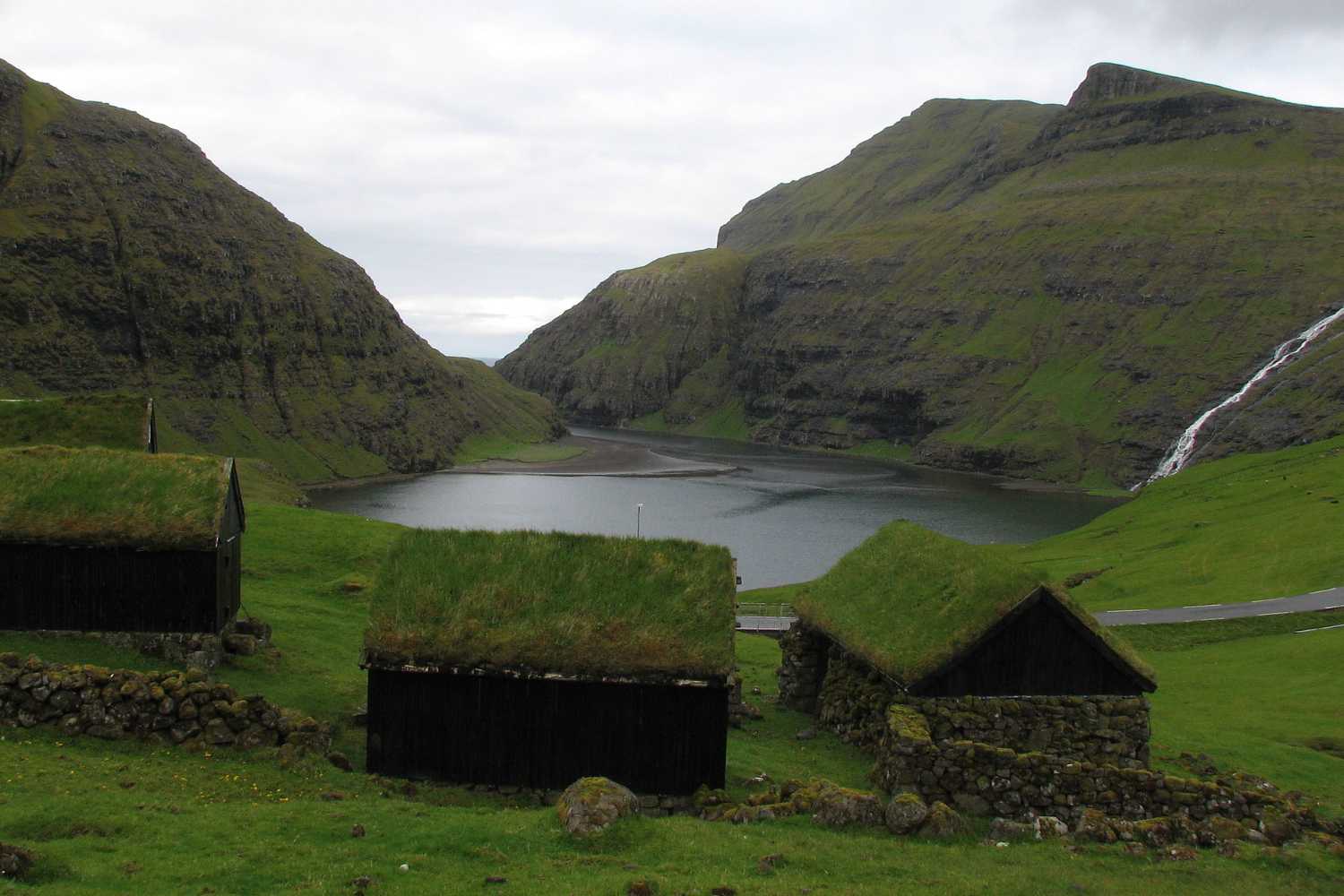In the Faroe Islands, houses have green roofs made with grass and peat which offer a barrier against rain and excellent natural thermal and acoustic insulation

@Julia Velkova/Wikipedia
Nestled between Scotland and Iceland, the Faroe Islands are famed for their green roofs—a centuries-old tradition that is gaining new relevance in combating climate change. This architectural approach, born out of necessity, reflects the ingenuity of early settlers adapting to the islands’ limited natural resources and harsh weather conditions.
Without abundant building materials like timber, the first inhabitants turned to grass and turf to cover the roofs of their wooden homes. These grassy roofs not only provided excellent protection against the islands’ frequent rainfall—occurring over 300 days a year—but also offered outstanding thermal insulation during both winter and summer. Additionally, they naturally muffled the sounds of hail, rain, and wind, enhancing acoustic comfort.
How green roofs are made
Beyond their practical benefits, green roofs are now seen as a sustainable way to lower energy consumption. The vegetation on these roofs enhances energy efficiency, reducing the need for heating in winter or cooling in summer. They also support local biodiversity and play a role in mitigating global warming by absorbing CO2 and filtering the air.
Building a green roof requires a careful process. First, a waterproof layer—often made of plastic or similar materials—is installed to retain rainwater. This is followed by multiple layers of turf and grass. However, constructing these roofs poses technical challenges. Their weight can reach hundreds of pounds per square foot, necessitating sturdy structures to bear the load.
Tradition meets sustainability
What once served purely practical purposes has now evolved into a model for sustainable architecture. Green roofs are not just a nod to the Faroese heritage; they exemplify how traditional solutions can merge seamlessly with modern strategies to tackle climate change. Their growing popularity underscores that innovation often lies in rediscovering and refining the past.
